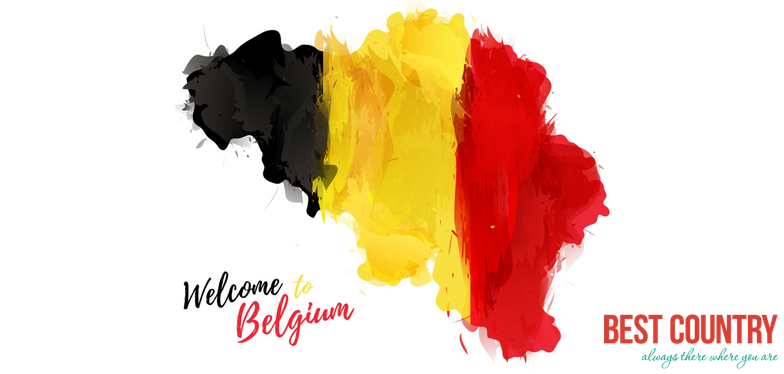Languages and population of Belgium

- The current population of Belgium is 11,581,952 as of Wednesday, May 6, 2020, based on Worldometer elaboration of the latest United Nations data.
- Belgium 2020 population is estimated at 11,589,623 people at mid year according to UN data.
- Belgium population is equivalent to 0.15% of the total world population.
- Belgium ranks number 81 in the list of countries (and dependencies) by population.
- The population density in Belgium is 383 per Km2 (991 people per mi2).
- The total land area is 30,280 Km2 (11,691 sq. miles)
- 98.3 % of the population is urban (11,396,775 people in 2020)
- The median age in Belgium is 41.9 years.
Languages of Belgium
The Kingdom of Belgium has three official languages: Dutch, French, and German. A number of non-official, minority languages and dialects are spoken as well.
Legal status
The Belgian Constitution guarantees, since the country's independence, freedom of language in the private sphere. Article 30 specifies that "the use of languages spoken in Belgium is optional; only the law can rule on this matter, and only for acts of the public authorities and for legal matters." For those public authorities, there is extensive language legislation concerning Dutch, French and German, even though the Belgian Constitution does not explicitly mention which languages enjoy official status. Article 4 does however divide the country into linguistic areas, which form the basis of the federal structure: "Belgium has four linguistic areas: The French-speaking area, the Dutch-speaking area, the bilingual area of Brussels Capital and the German-speaking area."
Before the federal structure and the language legislation gradually introduced in the 20th century, French was generally the only language used by public authorities. For example, the Dutch version of the Constitution has enjoyed equal status to the original French one only since 1967, and the German version only since 1991.
Of the inhabitants of Belgium, roughly 59% belong to the Flemish Community, 40% to the French Community and 1% to the German-speaking Community, though these figures relating to official Belgian languages include unknown numbers of immigrants and their children speaking a foreign language as primary language, and of Belgian regional migrants which may be assumed to largely balance one another for natively French and Dutch speakers. There is for instance a large French-speaking population living around Brussels, in Flanders, and who are thus considered as part of the Flemish Community. Though the standard form of Dutch used in Belgium is almost identical to that spoken in the Netherlands and the different dialects spread across the border, it is often colloquially called "Flemish".